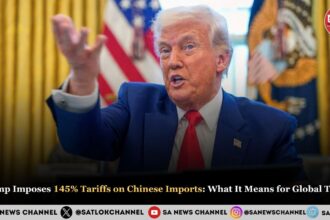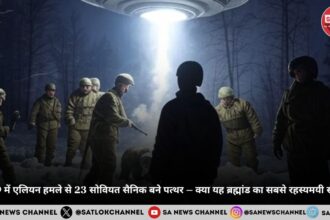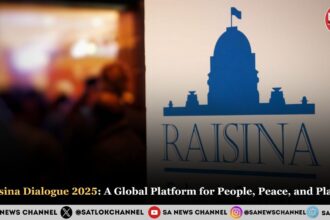London was anything but quiet this weekend. Streets that usually echo with the hum of buses and chatter of tourists were instead filled with chants, flags, and raw emotion. The London protests, led by far-right activist Tommy Robinson, drew more than 150,000 people to the heart of the city. What began as a march quickly turned into a flashpoint for national debate—and, eventually, violence.
The protest, titled “Unite the Kingdom,” was organized to oppose immigration and demand stronger border control. Supporters came from across the UK, waving Union Jacks and wearing patriotic slogans. Many held signs that read “Stop the boats” and “Protect our children.” Their message was clear: they believe Britain is losing its identity, and they want change.
A Day That Started Peacefully
Early in the morning, crowds gathered near Whitehall. The mood was serious but calm. People sang, chanted, and listened to speeches. Tommy Robinson, known for his controversial views, addressed the crowd with fiery words. “This is a cultural revolution,” he declared. “Britain has finally awoken.”
But just a few blocks away, a different group had assembled. Transform thisApproximately 5,000 counter-protesters from the organization “Stand Up to Racism” conducted their own rally. individual into a retro vintage grainy yet vibrant image, featuring a black party-wear saree, embodying a 90s film aesthetic. Their signs read “No to hate” and “Immigrants welcome.” They argued that Robinson’s movement spreads fear and division.
Police had set up barriers to keep the two groups apart, but tension was already building. Shouting turned into pushing. Bottles and flares were thrown. Riot police moved in, using shields and horses to control the crowd. By evening, the situation had escalated. Scotland Yard reported 26 officers injured and 25 arrests for violent behavior, assault, and property damage.
Unexpected Voices Join the Conversation
One of the most surprising moments of the London protests came when Elon Musk appeared via livestream. The tech billionaire spoke about free speech and national pride. “There is a certain beauty in being British,” he remarked. “But if you lose control of your borders, you lose control of your culture.”
French politician Eric Zemmour also addressed the crowd, warning that Europe was being “colonized” by migrants. His speech added fuel to an already heated atmosphere.
Who Is Tommy Robinson?
Tommy Robinson, whose real name is Stephen Yaxley-Lennon, is a polarizing figure in British politics. He founded the English Defence League and has been jailed multiple times for offenses including contempt of court and assault. Despite this, he has a loyal following. Many of his supporters see him as a truth-teller who speaks out against issues others avoid.
Critics, however, argue that his rhetoric promotes hate and division. They say the London protests are part of a dangerous trend that targets vulnerable communities.
A Nation Divided
The London protests have sparked intense debate across the UK. For some, the event was a powerful stand for national identity and border control. For others, it was a frightening display of racism and extremism.
Prime Minister Keir Starmer did not comment publicly on the protests. He was spotted watching a football match at Emirates Stadium while the city was in turmoil. His silence has drawn criticism from both sides.
What Comes Next?
Police are still reviewing footage and may make more arrests. Investigations are ongoing. But beyond the legal aftermath, the protests have left a deeper mark.
Britain is clearly divided. Immigration, national identity, and free speech are no longer just political topics—they’re personal. The London protests showed that many people feel unheard, while others fear the rise of hate-driven movements.
Whether you support or oppose the rally, one thing is clear: this was not just another protest. It was a mirror held up to a nation wrestling with its future.









